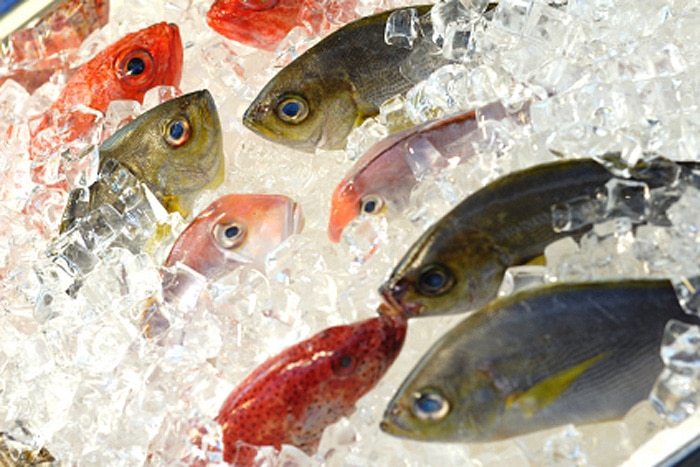
Written By: Sofia Layarda, MPH
Title: Master of Public Health
Alumni: University of California, Berkeley
Last Updated on:

We know fish is a great source of omega 3 fatty acids. Despite some bad press, we still believe the overall benefits of eating fish outweigh the negatives, and we’re happy to report that there are alternatives to the most common fish choices (such as salmon, tuna, halibut, and tilapia).
If you are ready to experiment with new seafood choices, check out these lesser-known options listed as green by the Seafood Watch program and the Environmental Working Group, along with their common names. These choices are low in pollutants and are raised or caught in an ecologically responsible manner. We have also included some cooking tips.

This fish is in the same family as salmon and trout, and has sometimes been described as a more refined salmon. Although Arctic char is available in the wild, most of the Arctic char sold in the US is farmed in land-based, closed systems that are managed well. Try it in place of salmon in your favorite recipes.
Despite its alternate names, sablefish does not belong to the codfish family. This fish has a rich, buttery flesh that makes it popular in high-end restaurants. Look for wild-caught sablefish from Alaska or British Columbia, where the populations are abundant and healthy. Avoid fish caught on the lower West Coast (California, Washington, or Oregon) where the populations are not doing as well and there is a higher amount of by-catch of other vulnerable species. This fish lends itself to many cooking options, including poaching, steaming, baking, and pan-frying.
At the store, ask for US-farmed catfish and avoid any imported varieties, such as basa or swai, which may be sold simply as catfish. Read the label of any prepackaged fish to determine the country of origin. For cooking, try sprinkling a dry rub (such as a spicy Cajun rub) on catfish fillets and cook them quickly on a hot cast iron skillet.
This fish is wild-caught in the US Atlantic and the Gulf of Mexico. It matures quickly and is fairly short-lived, so the populations remain fairly healthy despite heavy fishing. Try this fish baked, grilled, or pan-fried with a coating.
The name sardine applies to many different small fishes within the herring family, but most commonly it refers to wild-caught Pacific sardine. Sardines may be small in size but they pack a punch in flavor. Rub fresh sardines with olive oil, thyme, salt, and pepper, then grill and serve them with a dash of lemon juice or tangy vinaigrette. Because of their strong flavor, sardines also stand up well in salads that use sharply-flavored greens and dressings, or pastas. If you use canned sardines, do not include the juices in your dish because it may overwhelm the rest of the ingredients and make the resulting dish “too fishy.”
This fish is native to Australia, Southeast Asia, and southern China, and is now farmed in the US. The US farms have closed systems that minimize the risk of pollution and escape into the wild. Make sure you are buying only domestic and avoid imported varieties, including an African fish known as the Nile perch, which is sometimes mislabeled as barramundi. Try broiling, baking, or grilling the fish and serve it with some spicy salsa.
With these lesser-known but equally tasty and nutritious fish choices, you can continue to enjoy the benefits of having fish in your diet.
Alumni: University of California, Berkeley – Sofia believes in bringing back fun and pleasure into everyday eating. She loves cooking, and is constantly experimenting with ingredients, creating recipes and trying them out on family and friends. Her latest interest lies in finding realistic and practical ways of environmentally-friendly food/eating habits.
fish, omega-3, sustainable eating